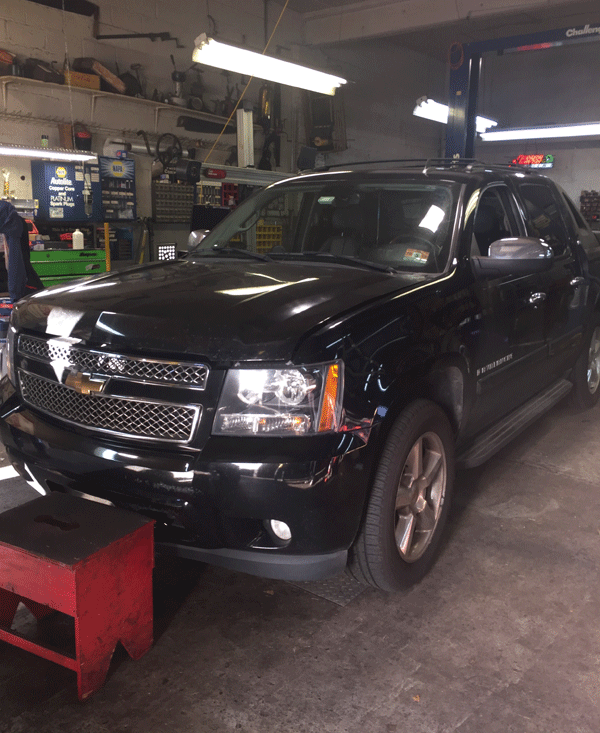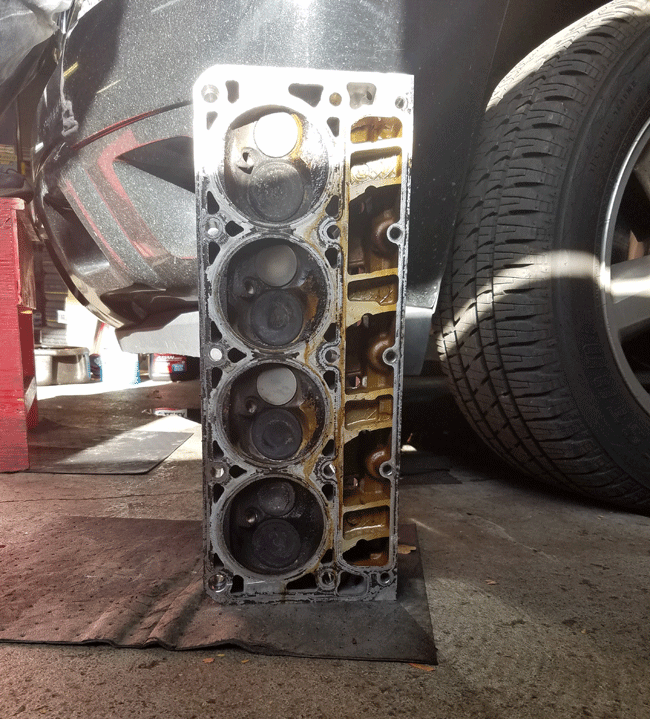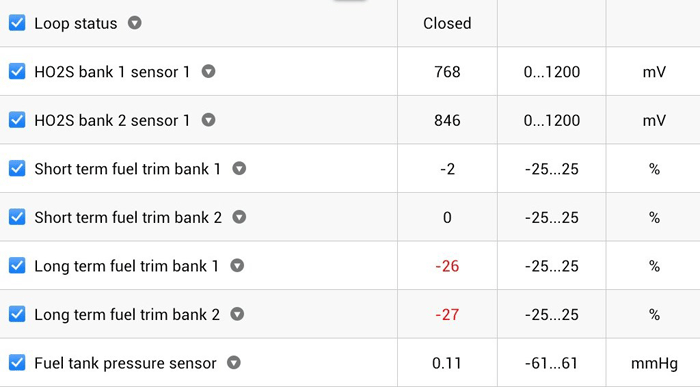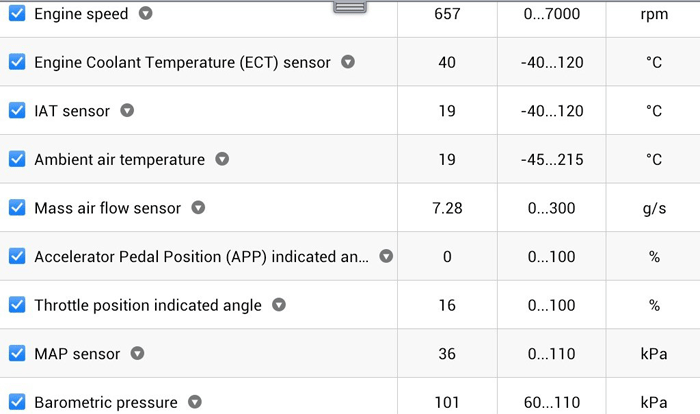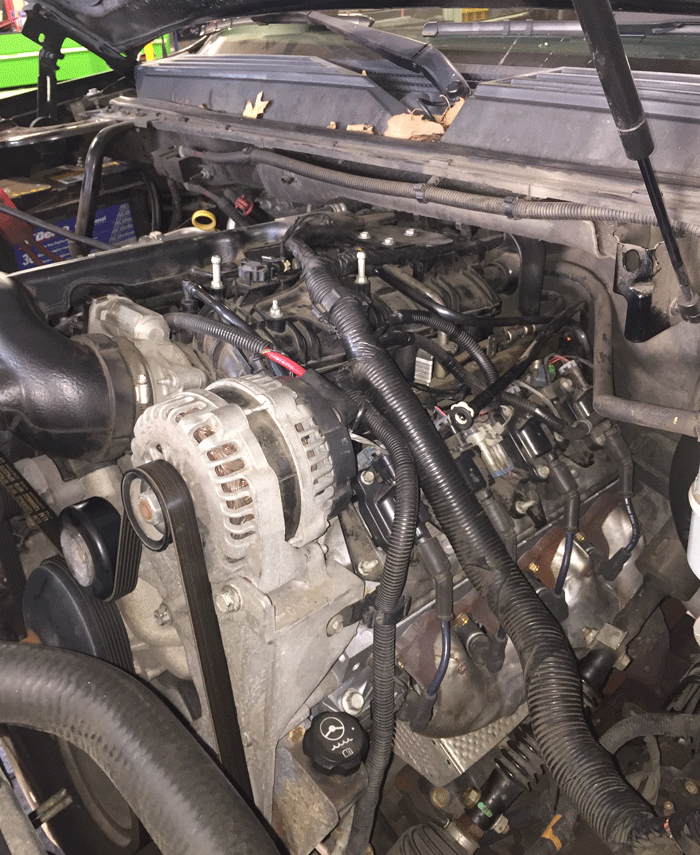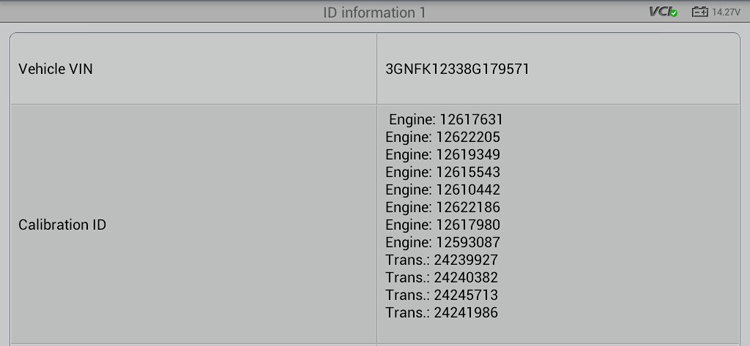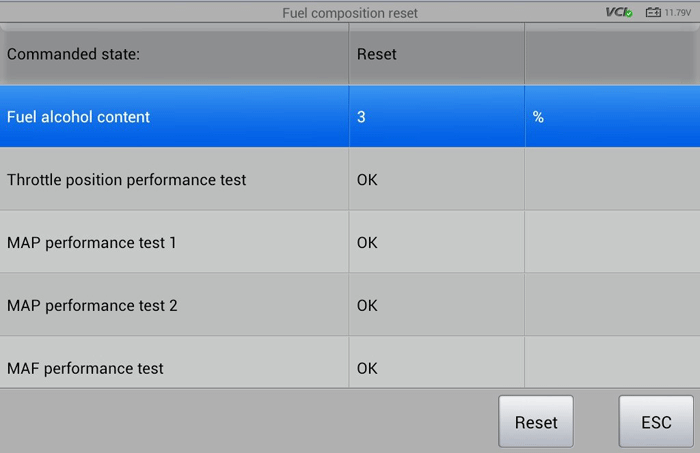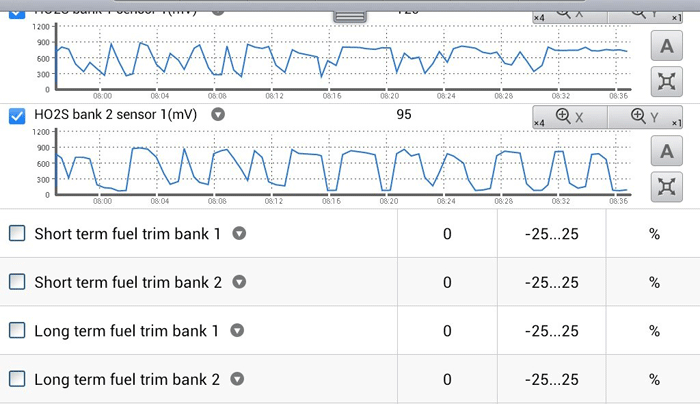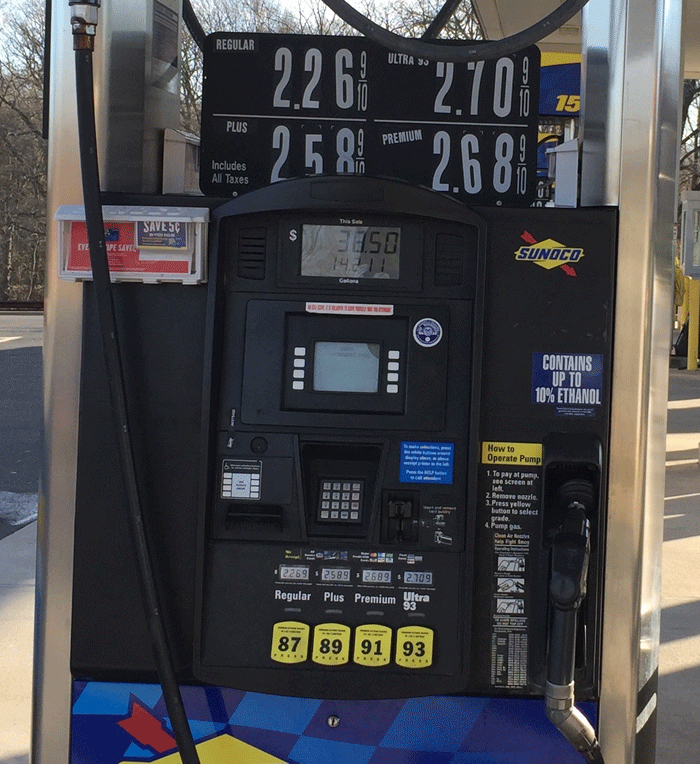Cars are made up of many different working parts. Aside from the ignition, none of them are as important as the braking system. Imagine having a car without brakes, talk about a nightmare. As vital as they are, keep in mind that your brakes are not designed to last forever. In fact, the more you drive, the more frequently you should have your brakes inspected. It’s a good idea to understand the importance of getting your brakes checked.
Why It Matters
Getting your brakes checked and inspected matters a lot. As everything does with age, your brakes will start to wear out over time, which reduces their efficiency. Among the major reasons for car accidents, car failure is often cited. When your brakes fail, you’ll lose all control and not be able to stop your car from crashing. This may be a sign, fire hydrant, road barrier, or even another car. Not only do you become a substantial risk to yourself and other drivers, but driving on faulty brakes can cause irreparable damage to your vehicle.
What to Look Out For
Unless someone’s clipped your brake fluid line (very rare, by the way), brakes don’t just suddenly fail one day without warning. There are plenty of signs that indicate your brakes are starting to malfunction. If you start to notice any of these symptoms, head straight to a mechanic to get your brakes tested:
- noises like grinding and squealing
brake light turning on
car wobbling and scraping when you hit the brakes
brake pedal feels too “soft”
leaking brake fluid starts leaking
vehicle bounces up and down when you stop
burning smell while driving
Keep in mind that with regular inspection, you can ward off potentially dangerous issues. Faulty brakes can stop working without notice, so it is important to be proactive. However, if you notice tell-tale signs of brake malfunction while driving, get your brakes inspected as soon as possible.
Repair or Replace
Once your mechanic has identified the issue, you have two options; you can repair your brakes or invest in new ones. These two choices have their pros and cons, but it is really all up to what you think is best. If the problem is not too severe, then a simple repair may do the trick. However, if your brakes are heavily damaged, then you are better off replacing them.
It’s always a good idea to have a trusted mechanic help you assess the damage to see which choice is best for you. Your brakes are one of the biggest safety features in your car. If they go out, your life and the lives of others can be put at risk. If you suspect that your brakes are acting up, have them checked before you do anything else. Having properly working brakes is vital, and they can protect not only you but other drivers on the road.
Here’s another article you might like: The Most Common Car Damages Caused By Collisions



